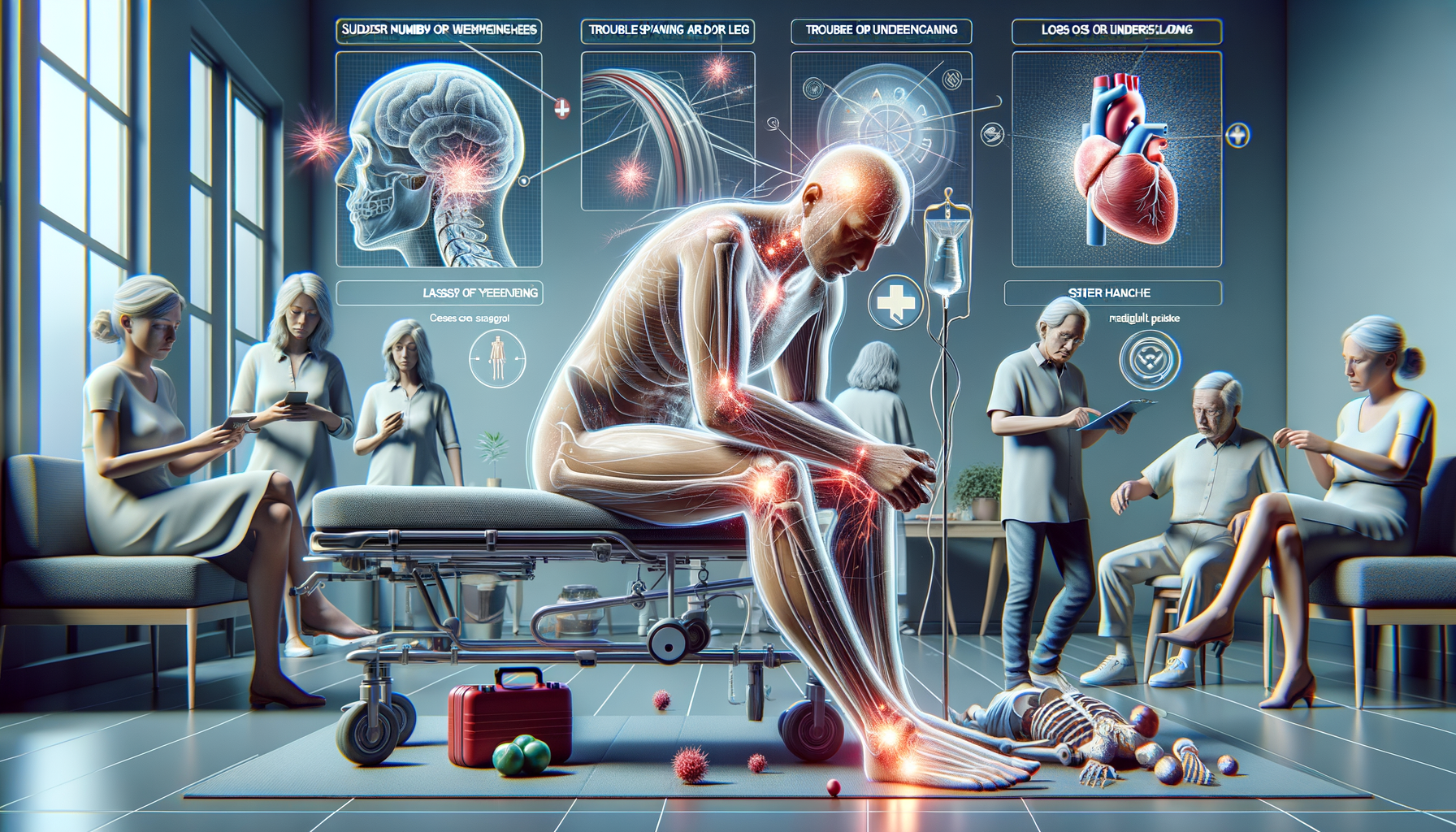
Early Stroke Symptoms Some Experts Say You Shouldn’t Overlook
Understanding the Significance of Early Stroke Detection
Strokes are a leading cause of death and disability worldwide, making early detection and prompt medical attention crucial. The quicker a stroke is identified and treated, the better the chances are for recovery and minimizing long-term damage. This article delves into the early signs of a stroke, emphasizing the importance of not overlooking these critical symptoms.
Many people are unaware of the subtle signs that may precede a stroke, often mistaking them for less severe health issues. Recognizing these early indicators can make the difference between a full recovery and lasting impairment. Understanding the risk factors and being vigilant about changes in your health can empower you to act swiftly and seek medical help when necessary.
Common Early Symptoms of a Stroke
Early symptoms of a stroke can vary, but there are some common signs that experts advise not to ignore. These symptoms can occur suddenly and may include:
- Sudden numbness or weakness, particularly on one side of the body
- Confusion, trouble speaking, or understanding speech
- Vision problems in one or both eyes
- Dizziness, loss of balance, or coordination issues
- Severe headache with no known cause
These symptoms are often attributed to other health conditions, which can delay seeking emergency care. However, if you or someone you know experiences any of these symptoms, it is vital to call emergency services immediately. Time is of the essence, and prompt treatment can significantly improve outcomes.
Risk Factors and Prevention
Understanding the risk factors associated with strokes can help in prevention efforts. Some of the most significant risk factors include:
- High blood pressure
- Smoking
- Diabetes
- High cholesterol
- Obesity
- Physical inactivity
While some risk factors like age and family history cannot be changed, lifestyle adjustments can significantly reduce the risk of a stroke. Maintaining a healthy diet, engaging in regular physical activity, and avoiding tobacco use are effective strategies. Regular medical check-ups can also help in managing conditions like hypertension and diabetes, further reducing stroke risk.
The Role of Medical Intervention
Medical intervention plays a crucial role in minimizing the impact of a stroke. Treatments such as clot-busting drugs or surgical procedures can be highly effective if administered promptly. This underscores the importance of recognizing early symptoms and seeking immediate medical attention.
Rehabilitation is also a key component of stroke recovery. Physical, occupational, and speech therapies can help individuals regain function and improve quality of life post-stroke. The road to recovery can be challenging, but with the right support and resources, many individuals can lead fulfilling lives.
Conclusion: Taking Action Against Stroke
Recognizing early stroke symptoms and understanding the associated risk factors can significantly impact outcomes. By being informed and proactive, individuals can take steps to reduce their risk and seek timely medical care when necessary.
Education and awareness are powerful tools in the fight against strokes. Sharing information about early symptoms and prevention strategies can help save lives and improve the quality of life for those affected by strokes. Remember, when it comes to strokes, time lost is brain lost, so never hesitate to seek help if you suspect a stroke.